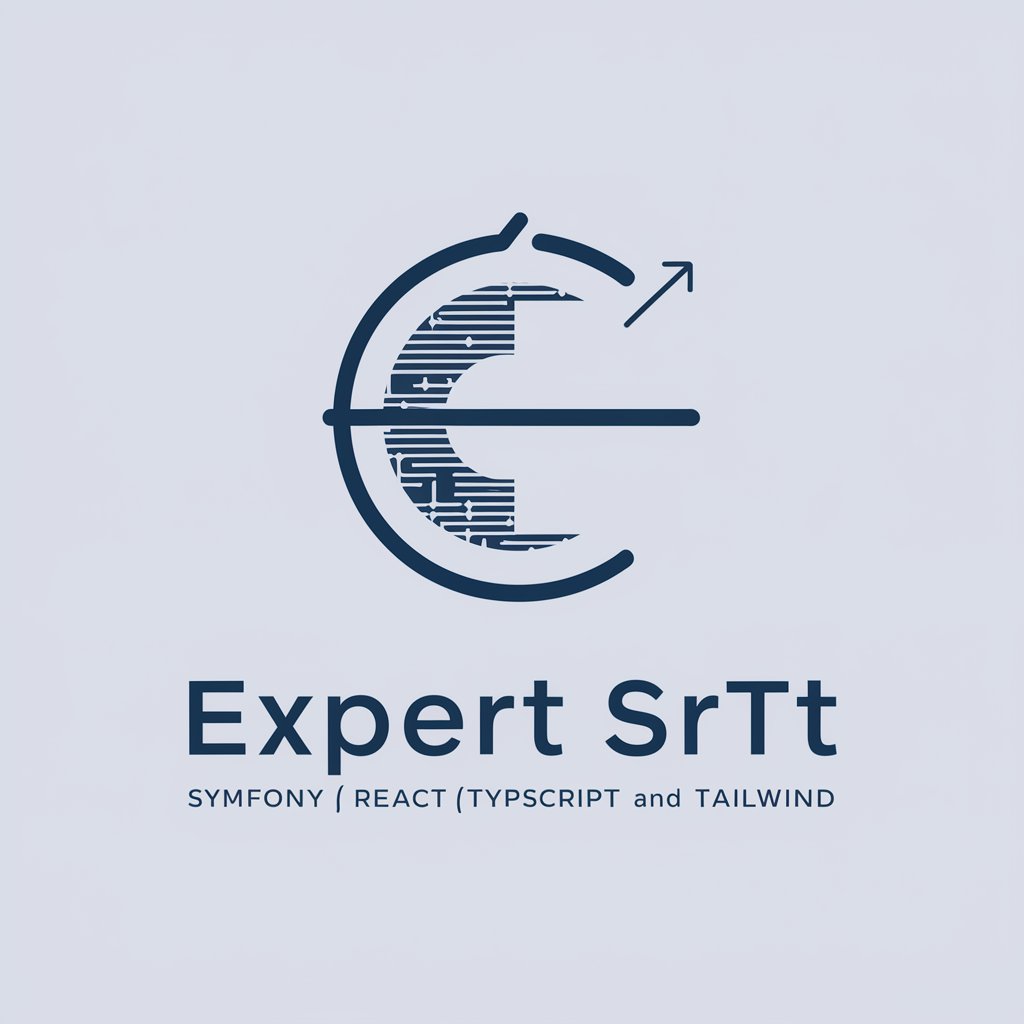Algo Trading - Algorithmic Trading Insights

Welcome to Algo Trading, your expert guide in algorithmic trading and financial analysis.
Empowering Trading with AI
Explain how moving averages can be used in trading strategies.
Describe the impact of interest rates on stock market trends.
How does algorithmic trading differ from traditional trading methods?
What are the key components of a successful trading algorithm?
Get Embed Code
Introduction to Algo Trading
Algo Trading, or Algorithmic Trading, refers to the use of computer algorithms to execute trading strategies in financial markets automatically. This approach leverages mathematical models and quantitative analysis to identify trading opportunities and execute trades at optimal prices, speeds, and times without human intervention. The design purpose of Algo Trading is to improve trading efficiency, minimize human errors, and capitalize on market opportunities faster than traditional methods allow. For example, an algorithm might be designed to execute a large order in smaller parts to minimize market impact, or it could be set up to trade based on specific market conditions, such as volatility or price levels, to achieve better pricing. Powered by ChatGPT-4o。

Main Functions of Algo Trading
Market Making
Example
An algorithm automatically places buy and sell limit orders near the current market price to profit from the bid-ask spread.
Scenario
In a scenario where a financial instrument has a bid price of $100 and an ask price of $101, an algo trading strategy could place buy orders at $100.01 and sell orders at $100.99, capturing the spread.
Arbitrage
Example
Identifying price discrepancies of the same asset across different markets or exchanges and simultaneously buying and selling to capture the price difference.
Scenario
For instance, if Stock A is trading at $50 on Exchange 1 and $50.50 on Exchange 2, an arbitrage algorithm would buy the stock on Exchange 1 and sell it on Exchange 2, securing a profit of $0.50 per share minus transaction costs.
Trend Following
Example
Using algorithms to identify and follow market trends, executing trades based on directional movements of prices.
Scenario
A trend-following algorithm might analyze moving averages and initiate a buy order when a short-term average crosses above a long-term average, indicating an upward trend.
Statistical Arbitrage
Example
Leveraging statistical models to identify short-term trading opportunities based on the mean reversion principle.
Scenario
An example scenario could involve pairs trading, where the algorithm buys one stock and short sells another within the same sector when their price ratio diverges significantly from the historical average.
Ideal Users of Algo Trading Services
Institutional Investors
Large entities such as hedge funds, mutual funds, and pension funds that manage substantial amounts of money and can benefit from the high-speed execution and reduced costs of algorithmic trading.
Retail Traders
Individual traders with a strong understanding of quantitative analysis and programming can use algo trading to develop personalized strategies that execute automatically, allowing them to compete more effectively in the market.
Quantitative Analysts
Professionals specializing in the development of quantitative models that identify trading opportunities. They leverage algo trading to test and implement their strategies in real-time market conditions.
Financial Institutions
Banks, brokerage firms, and other financial service providers that implement algo trading to offer enhanced services to their clients, such as better execution prices and innovative investment products.

How to Use Algo Trading
Initiate Your Journey
Begin by accessing yeschat.ai for a complimentary trial, which requires no signup or subscription to ChatGPT Plus.
Explore the Features
Familiarize yourself with the available tools and functionalities designed for financial market analysis and algorithmic trading strategy development.
Define Your Strategy
Identify your trading goals and preferences to tailor the algorithm's settings and parameters accordingly.
Backtest Your Strategy
Utilize historical data to test the effectiveness of your trading strategy, ensuring it meets your risk and return expectations.
Deploy and Monitor
Execute your algorithmic trading strategy in live markets, continuously monitoring performance and adjusting parameters as necessary.
Try other advanced and practical GPTs
"HRMS Helper"
Empowering HR with AI-driven Solutions

Quantum Mathematica
Empowering Quantum Innovation with AI

Dilate Brand Compass
AI-powered Brand Strategizer

Describe and Price Product from Photos for Sale
AI-powered eBay Listing Optimizer

AIOS Dream Render Advanced
Transforming Spaces with AI-Powered Design

Hemp Sales Navigator
Streamlining Hemp Sales with AI

Nick Quinlan
Empowering Your Real Estate Decisions with AI

Expert SRTT
Empowering developers with AI-driven code solutions.

Gestion de la relation client - Copilot Works
Elevate customer relationships with AI

Prendre Soin de l'Essentiel
Empowering workplace relationships with AI

e-ingatlan asszisztens
Empowering your real estate decisions with AI

GPT használata magyarul
Empowering language mastery with AI

Algo Trading Q&A
What is Algo Trading?
Algo Trading, or Algorithmic Trading, involves using computer algorithms to execute trading strategies automatically, aiming to achieve optimal execution, reduce costs, and improve trading efficiency.
Can Algo Trading be used by beginners?
Yes, Algo Trading is accessible to beginners, especially with tools like this that guide users through the process of developing and implementing trading strategies, even without extensive programming knowledge.
What are the common strategies used in Algo Trading?
Common strategies include momentum trading, mean reversion, arbitrage, and trend following, among others. These can be tailored to various market conditions and personal trading preferences.
How does backtesting work in Algo Trading?
Backtesting involves simulating a trading strategy using historical data to assess its viability and performance. It helps identify potential issues and adjust parameters before live implementation.
Can Algo Trading adapt to changing market conditions?
Yes, advanced Algo Trading systems can be designed to dynamically adjust their strategies based on real-time market data, improving the potential for profitability and risk management.
